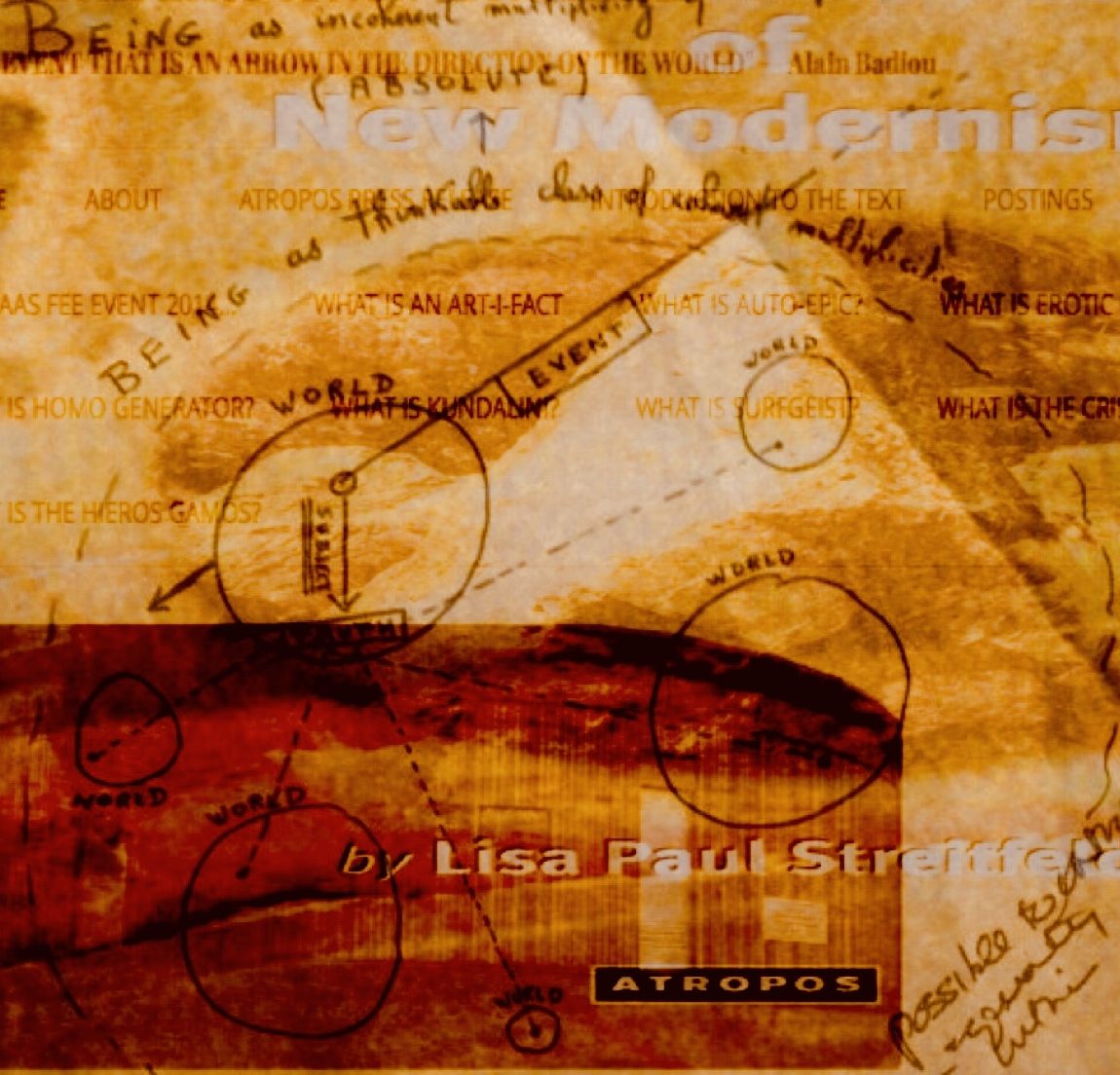A contemporary bridge between folk and colonial art in Mexico is summed up in the recent series, Barbara Rachko’s Black Paintings. Constructed over decades, this connection takes place through a dynamic contemporary vision of absence engaging viewers over the Internet (1).

The notable erasure in Mexican colonial art of the long indigenous tradition of folk art derived from ancient mythologies can be interpreted as a repression of absence itself. The dynamism of the void was revered as the dynamic cycle of life/death/rebirth by ancient traditions who created gods such as Quetzalcoatl’s twin brother Xolotl bearing the very face of the unknown. Nahuatl translator John Bierhorst traces the origins of this duality in his 1974 Four Masterworks of American Indian Literature:
The name Quetzalcoatl means literally “plumed serpent” from quetzalli, feather of the precious green quetzal, and coatl , a snake”. … A particularly ingenious reinterpretation, involving a double pun, transforms “bird-snake” into “precious twin”, an epithet of the morning star considered the twin of the evening star (quetzal = “quetzal” or “precious”, coatl = ‘snake’ or ‘twin’). (2)
This paradox of the twins as representations of the Morning and Evening Star at the center of Aztec myth depicts the “gap” the Greeks referred to as Chaos. Producing for the eye this “void” in contemporary painting is an inspired personal innovation in Rachko’s chosen medium of pastel. In her paintings, blackground is achieved by pastel sticks — as opposed to the brushwork in Goya’s Black Paintings giving grotesque human form out of the chasm and Reinhardt’s non-figurative “black on black” Black Paintings.

Marie Louise Von Franz points out that Mayan philosophy has both time and number represented by the gods:
…all the main figures of Mayan myths have a specific number which is even expressed in their names. The greatest hero, for instance, is Hunabku the name comes from Hun….So there is a union of an archetypal figure with a certain time moment and a certain natural integer (3).
This Jungian scholar connects the magical expression of number by primitive people with rhythmic movement: “Primitives too can only perform any kind of action if accompanied by such rhythmical movements…they have to mobilize their psychic energy, their gana” (4).

Rachko’s creation of gana through her rhythmic process with pastel transforms “the void” into a stage in which multiple deities fighting for dominance are contained within the surface. This is contrasted to the gap between the two types of colonial painting: scenes of everyday life vs. religious icons depicting the Christian liturgy. Rachko’s theater fills in the in-between; her impressive collection of “actors in a repertory company” magically performed their way into her first series, Domestic Threats, earning them a commanding space in her Manhattan art studio.
Renewing folk art tradition through a contemporary gaze is integral to the daily labor of transforming a drawing medium into a unique series of paintings. This is achieved by covering the entire paper surface with pigment. Following this path into the chasm initiated by her two earlier series, Black Paintings effectively create a dynamic tension of absolute blackness within the vivid coloration saturating all varieties of folk art. The black as the void through which constellations in the unconscious pop into the surface extends beyond the surreal — into the hyperreality of a contemporary aesthetic.
With the current understanding of the hyperreal as everyday magic from Mexico entering pop through the Don Juan literature of the sixties and José Argüelles’ Mayan revival at the change of millennium, Rachko’s aesthetic is a metaphysical perspective beyond the duality of Christianity reproduced by colonial art as the strict division of imagery between “docile scenes of daily life” and religious iconography. What was missing was pictorial acknowledgement of the in-between. Is it any wonder that colonial art established a conscious absence of folk art, which continues to be left out of the dialectic of contemporary art?

A dialectic of understanding this double negation of absence can enter the art world. This emerged in Rachko’s oeuvre through the switch to photography for her second series, God and Monsters. By utilizing the camera with the technology of mechanical distortion as a distancing apparatus to dissolve the projections of her folk actors, she was able to recreate herself as the medium of the in-between. This 360-degree realm is achieved through the incorporation of Mexican folk imagery into a dynamic blackground arising from the rhythmic motion of the hand gesture creating out of a “womb” of black pigment. Rhythm of repetition not only establishes a dialectic of art as magical practice; it also creates a holistic aesthetic for the paradigm shift reflected in the 2012 pop culture movement: the end of the Mayan calendar as a new beginning to humanity.
In bridging the absence of folk representations in colonial art through blackground giving dynamic character to the void, Rachko’s pastel paintings reveal how the magical attitudes of the ancient mythologies persist in the practice of folk art. The technique of modernizing folk art tradition via the motif of “entering the chasm” through “a magical rite” of rhythmic pastel painting creates an aesthetic of tension dynamically transforming Mexican folk figures; as contemporary characters in the human drama surrounding a paradigm shift, they are performing the cyclic process of life/death/rebirth in their emergence from the blackness. In this collapsing of distance between subject/object, Rachko creates a metaphorical and literal bridge between Mexican colonial art and a noncommercial contemporary art practice dedicated to self-transformation.
Footnotes:
1. Deena ElGenaidi “A View From the Easel” Hyperallergic, October 22, 2018, https:// hyperallergic.com/464278/a-view-from-the-easel. Accessed October 22, 2018.
2. http://nahuatlstudies.blogspot.com/2014/12/quetzalcoatl-precious-twin.html
3. Marie Louise Von Franz, On Divination and Synchronicity (Inner City Books/Toronto,1980), p. 12.
4. Ibid, p. 86.
c. Lisa Paul Streitfeld, Ph.D., October 26, 2018
Screenshots of “The Black Paintings” from BarbaraRashko.com with the permission of the artist.
